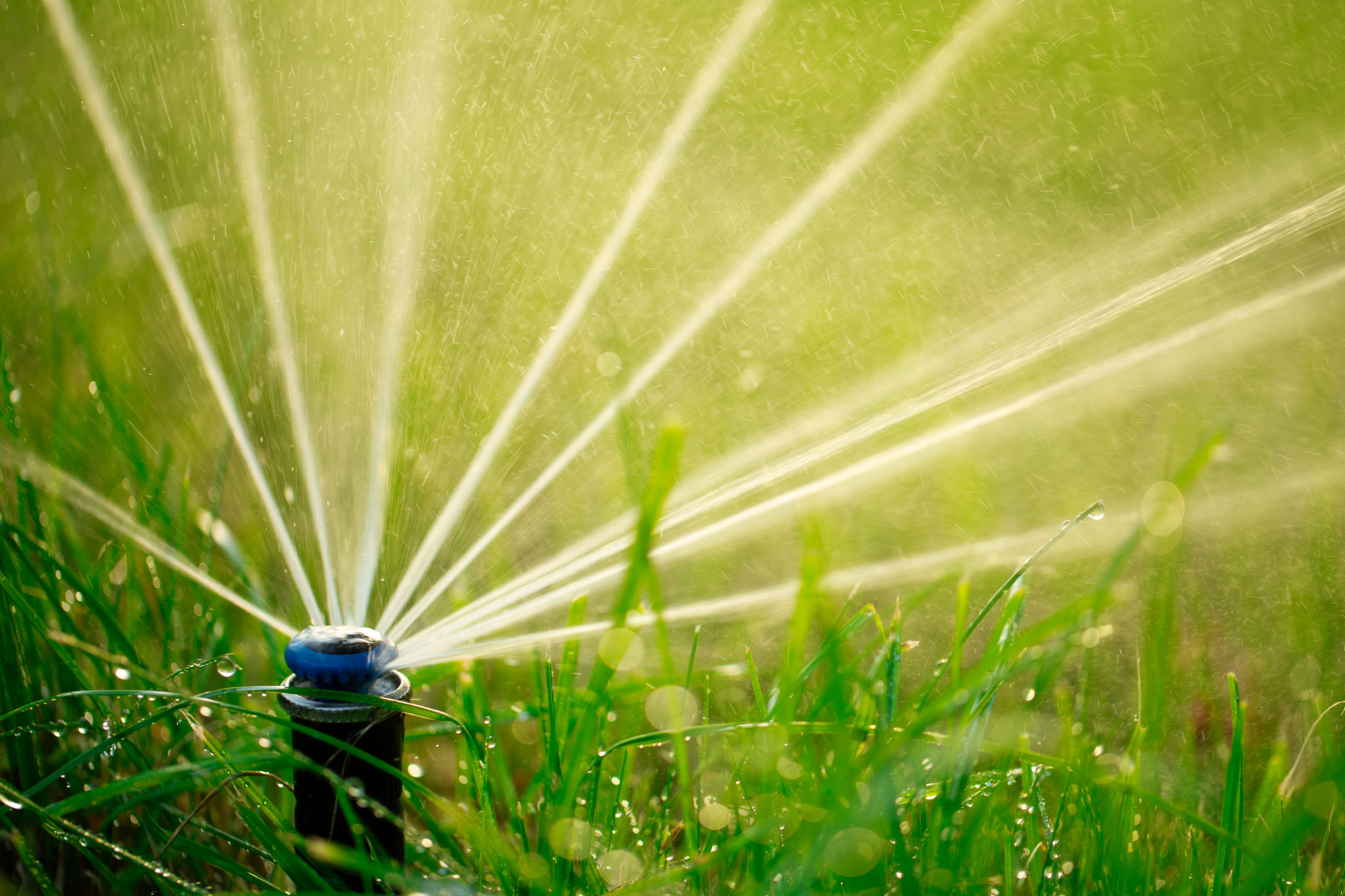Spring Garden Preparation Tips for Dornsife Homeowners
Preparing Your Soil
As a Dornsife homeowner, getting your garden ready for spring is an exciting endeavor. The first step in this process is preparing your soil. Start by clearing away any debris, such as fallen leaves, twigs, and leftover plants from the previous season. This will give you a clean slate to work with.
Next, consider testing your soil to determine its pH level and nutrient content. This information will guide you in making necessary amendments, such as adding lime to raise the pH or sulfur to lower it. Fertilizers rich in nitrogen, phosphorus, and potassium are typically recommended to enhance soil fertility.

Choosing the Right Plants
Once your soil is ready, it's time to choose the right plants for your garden. Consider the climate and specific conditions of your Dornsife location when making your selections. Native plants are often a great choice as they are well-suited to local conditions and require less maintenance.
Check the sunlight exposure in different areas of your garden to decide which plants will thrive where. Some plants prefer full sun, while others do better in partial shade. Planning your layout accordingly will maximize the health and productivity of your garden.
Starting Your Seeds Indoors
Starting seeds indoors is a fantastic way to get a head start on the growing season. Choose a sunny spot in your home and use seed trays filled with quality potting soil. Plant seeds according to the depth and spacing instructions on their packets for optimal growth.
Maintain a consistent watering schedule to keep the soil moist but not waterlogged. Once seedlings develop their first true leaves, they may need additional nutrients, so consider using a diluted liquid fertilizer at this stage.

Managing Garden Pests
Pests can be a challenge in any garden, but early preparation can help minimize their impact. Introduce beneficial insects like ladybugs and lacewings that naturally control pest populations. Additionally, consider using organic pesticides if necessary, being mindful of their impact on beneficial insects.
Regularly inspect your plants for signs of pests or disease. Early detection is key to managing issues before they become overwhelming. Remove any affected leaves or plants promptly to prevent further spread.
Setting Up Irrigation
Efficient watering is crucial for a thriving garden. Consider setting up a drip irrigation system to provide consistent moisture directly to the roots of your plants. This method conserves water and reduces the risk of fungal diseases by keeping foliage dry.
If a drip system isn't feasible, choose watering times wisely. Early morning is ideal as it allows water to soak in before the day's heat causes evaporation. Aim for deep, infrequent watering rather than shallow, frequent sessions to encourage strong root growth.

Creating a Maintenance Schedule
Maintaining a beautiful garden requires regular care. Create a maintenance schedule that includes tasks like weeding, pruning, and monitoring for pests and diseases. Consistency is key to keeping your garden healthy and productive throughout the growing season.
Incorporate composting into your routine by collecting kitchen scraps and yard waste. This will not only reduce waste but also provide valuable nutrients for your garden as you create rich compost over time.
Enhancing Your Garden's Aesthetics
Beyond functionality, consider the visual appeal of your garden. Add decorative elements like stones, pathways, or garden art to enhance its beauty. Group plants with complementary colors and textures to create visually pleasing arrangements.
Consider adding a mix of annuals and perennials for continuous blooms throughout the season. Perennials return each year, providing a foundation for your garden, while annuals offer vibrant bursts of color.

